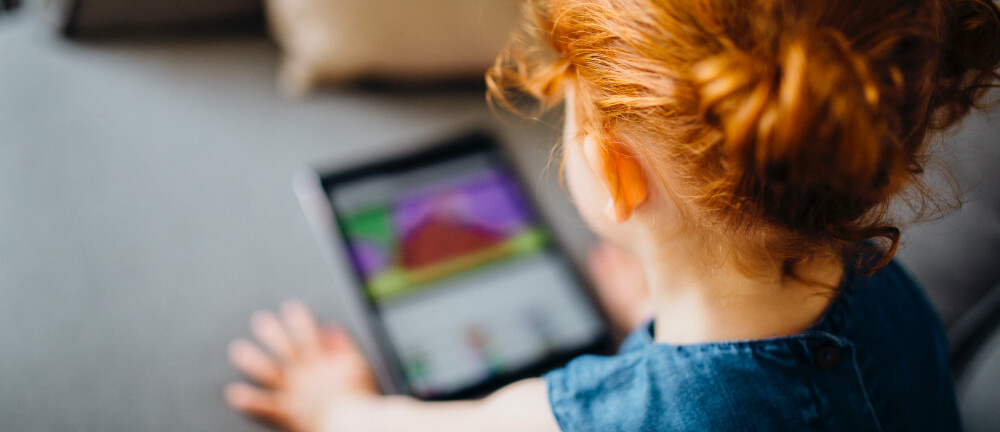
The COVID-19 crisis has brought about a major shift in the online behaviour of Australians.
Though almost unimaginable now, only a few weeks have passed since workers and students filled offices, schools and universities in person. Then, almost overnight, isolation and social distancing transformed our homes into offices and classrooms, heavily reliant on technology to keep us connected in all manner of ways. Across the nation, already tech-savvy Australians — alongside those with more limited experience — turned further toward online services and businesses for their professional, education, communications and entertainment needs.
Unfortunately, more time online is already translating to an increase in negative experiences and exposure to serious harms. For children and teens, who are among the more vulnerable, there are signs of increased cyberbullying and greater risk of sexual abuse. For adults, we are beginning to see higher levels of harassment, intimidation and abuse, especially as the isolation era leads to new forms of online sexual intimacy.
Risks and reports
Since early March, reports to eSafety about online harms have surged. In certain areas, such as image-based abuse — the sharing of intimate images and videos without consent — they have almost doubled.
One explanation for the rise in image-based abuse is the effect of widespread social lockdown. As isolation and social distancing lead to fewer opportunities for physical intimacy, it is possible that more adults are online for alternatives. That may be leading to more sexually explicit material being shared, both within relationships, as well as with strangers. Sadly, we know that some of these images are shared without any consideration of the damaging impact this may have.
Disturbingly, there is an increased risk of children being sexually abused during the COVID-19 pandemic. This happens when a child is tricked or coerced into sharing intimate images or videos of themselves, often without even being aware of how they will be used. The abuser may be a stranger, an online ‘friend’ the child has not met face-to-face, or even someone they actually know.
Through eSafety’s online investigations we have noticed an upswing of coronavirus-related activity in the dark web. In one forum, paedophiles noted that isolation measures have increased opportunities to contact children remotely and engage in their ‘passion’ for sexual abuse via platforms such as YouTube, Instagram and random webchat services.
eSafety response
eSafety offers support for Australians with information and reporting functions for the following:
1. Image-based abuse
eSafety offers a range of advice and support for those affected by image-based abuse, including the potential removal of the content and other regulatory interventions. This is available through eSafety’s image-based abuse webpages. eSafety also provides specialist advice about sextortion, including how to protect yourself and how to make a report.
In some cases, police can place charges for those who engage in image-based abuse.
2. Cyberbullying
With more children and teens at home at this time, serious cyberbullying is likely to increase. Those under 18 who are targeted by serious online harassment, intimidation, humiliation or threats can report this to eSafety. A parent or someone authorised to make a complaint can also do this on the child’s behalf. If the abuse happens on social media, it should be reported to the relevant platform first.
3. Illegal and harmful content, including child sexual abuse material
Anyone worried about the welfare of a child, or who has information about online or physical sexual abuse or exploitation should contact local police or call Crime Stoppers in their state or territory. Inappropriate behaviour towards children online can also be reported to the Australian Federal Police.
The eSafety website also has information about online grooming and the steps parents can take now to reduce the risk or a sexual predator building a relationship with their child in order to sexually abuse them.
Anyone who encounters child sexual abuse images or videos online can report them to eSafety. Our investigators analyse the content and, through eSafety’s membership of the global INHOPE network, assist with its takedown. Every image eSafety refers to INHOPE is also shared with INTERPOL to assist police with identifying and rescuing victims around the world.
The way ahead
While our cities are quiet, roads empty, businesses shuttered and friends and family isolated behind closed doors, Australia feels like a changed country. It has been a dizzying and disorienting shift in many ways, including the shift to a world more connected through technology than ever before. These changes, and the resulting online safety risks, can seem daunting.
But eSafety continues the work to help keep Australians safe online — addressing the new range of issues with informed advice, content and support. It is work that we are prioritizing during this time of great uncertainty.
To learn more or make a report about online abuse, visit:
Cyberbullying including frequently asked questions
Report serious cyberbullying
Image-based abuse
Report image-based abuse
Illegal and harmful content, including child sexual abuse
Report illegal and harmful content
If you or someone you know is in immediate danger, dial Triple Zero (000) now.




